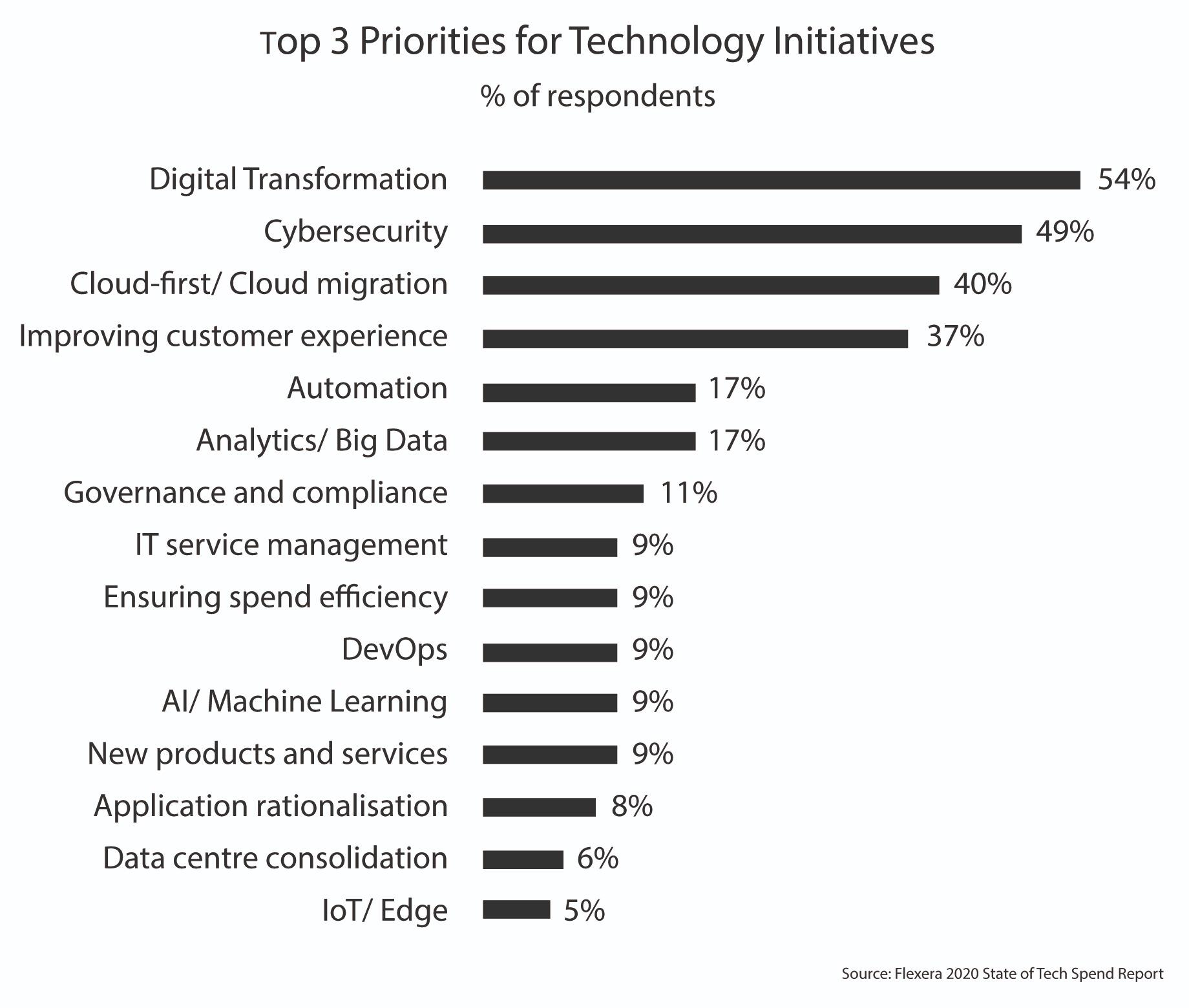Without doubt Cloud Technology has shown its strengths in 2020 supporting many organisations and resolving fundamental business challenges during the Covid-19 pandemic and lockdown. Those fortunate to continue operating sought effective methods of enabling remote working and as a result turned their attention to Cloud Technology to communicate, share, collaborate and simply function in some capacity. Solution providers such as Zoom and Microsoft Teams rose as champions in the communication space offering immediate video conferencing and demonstrated that no matter what size operation Cloud Technology had an affordable and effective solution on offer.
The era of traditional software purchase and delivery/ installation has passed and we’re now firmly in a time where business is able to subscribe to SaaS propositions (Software as a Service) and scale up or down users as required using often a subscription payment plan. The addition of other cloud services such as IaaS (Infrastructure as a Service) and PaaS (Platform as a Service) has also helped to revolutionise how many businesses function.
For those businesses, who had historically been slow to see ‘technology as an enabler’, they face major challenges creating an effective digital transformation strategy having never considered one or, had done so but superficially. Flexera, an organisation which helps business leaders transform their IT ecosystem, have produced their yearly ‘state of the cloud’ report covering enterprises and SMB’s adoption of cloud technology. Interestingly the result of a survey produced the following overall findings:
